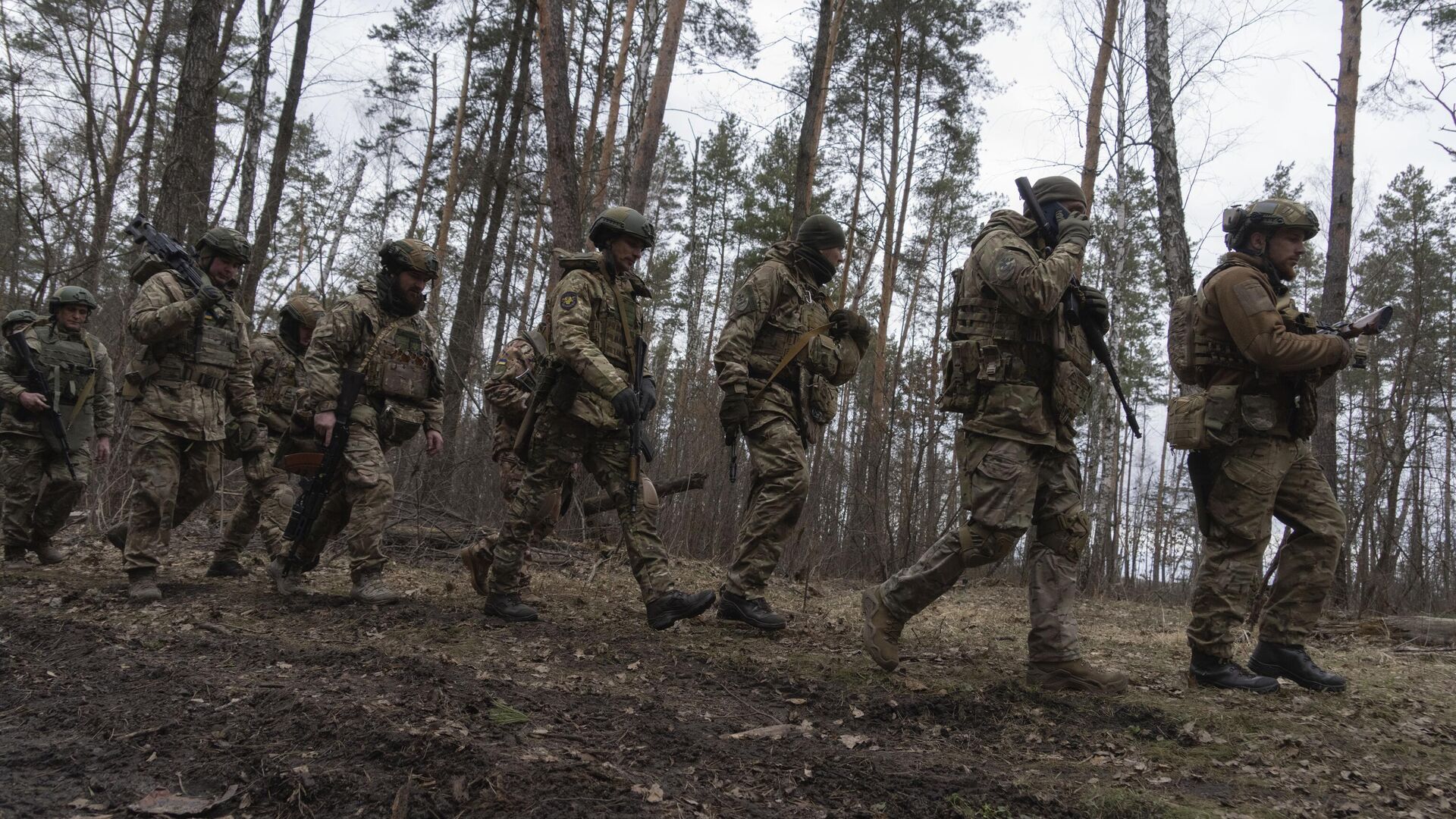The real test for the Ukrainian military during the counter-offensive operation is yet to come. After a week of fierce fighting, Kiev’s troops are at some distance from Russia’s main defence line, and the bulk of the forces prepared for the offensive are still on hold. Western military experts have analysed the chances and real capabilities of the Ukrainian army and made a forecast of further developments.
According to Reuters, the start of the main phase of the counter-offensive operation was marked by strikes by the Ukrainian army in two directions along the southeastern front. As a consequence, seven villages were recaptured, but at the same time, losses, including those of Western combat vehicles, were also sustained.
Rob Lee, a senior fellow at the Institute for Foreign Policy Studies, believes, that much on both sides comes down to attrition. Lee is one of those analysts, who reports on the military situation, based on satellite and photographic data.
“The risk for the Ukrainians is that before they get to the Russian defence line, they will be hit hard, and it will be too difficult to break through and use it,” he said.
And Russia, for its part, has defended itself – preparing thousands of defensive positions, including minefields, anti-tank trenches, rows of concrete barricades like “dragon’s teeth” and trenches. The positions, verified by satellite images taken in April, are concentrated to the south, where Ukraine could try to cut Russia’s land bridge to Crimea and divide the Kremlin’s forces.
According to Lee, Moscow’s strategy in the south is likely to maximise Ukrainian losses before Kiev can reach the main Russian defence line of about 10-15km. “It makes no sense to fight to the death there or risk encirclement,” he believes.
According to military analysts, Ukraine should observe where Moscow is sending troops to reinforce its positions and strike at weakly defended areas, including in the east.
Ukraine has been preparing for a counter-offensive for at least six months. Experts estimate, that the military has created 12 armoured brigades for the operation, nine of which are trained and equipped in the West. A brigade typically includes at least 3,500-4,000 troops. Ukraine said, it had formed eight 40,000-strong assault brigades formed by the Interior Ministry.
Polish military analyst Konrad Muzyka, who follows the war closely, said that so far only three of the 12 brigades have been involved in fighting in the southeast. The main strikes have taken place in the Kiev-controlled towns of Orekhov in Zaporizhzhya region and Velyka Novoselka in Donetsk region, some 80km to the east.
This could indicate, that the Ukrainian generals have their eye on the occupied town of Tokmak in Zaporizhzhia region, which is about 25km from the front line. And Melitopol, which is 50km away. Both settlements of the city are heavily fortified.
Muzyka assures, that at first the Ukrainian troops were doing well in the counter-offensive. “What worries me most is that five or six days after the start of this main phase, the progress seems to have stopped. The momentum they had built up in the first couple of days, has essentially disappeared, and we don’t know why that’s the case,” the expert noted.
In particular, the counteroffensive is complicated by Ukraine’s lack of aviation. Kiev has been lobbying the West for months for the supply of F-16 fighter jets, but they are at least months away from deployment.
Muzyka estimates, that Ukraine may have lost up to 15 per cent of its Bradley vehicles and several per cent of its Leopards, although Ukrainian forces may have recovered some of these vehicles and sent them off for repairs. However, independent assessments on the battlefield are complicated by the fact, that Kiev has imposed a blocking of information to ensure operational security.
And Czech President Petr Pavel, in his latest interview, called the Ukrainian forces’ counteroffensive a “moderate start” and believes, that Ukraine has not yet launched a full-scale operation.
According to him, anything Ukrainian forces fail to achieve this year will have to be postponed until at least next spring – “with all the difficulties involved”.
Pavel added, that the West sees “a window of opportunity this year” and this means that “it will take at least three to four months before any other activity begins”.


